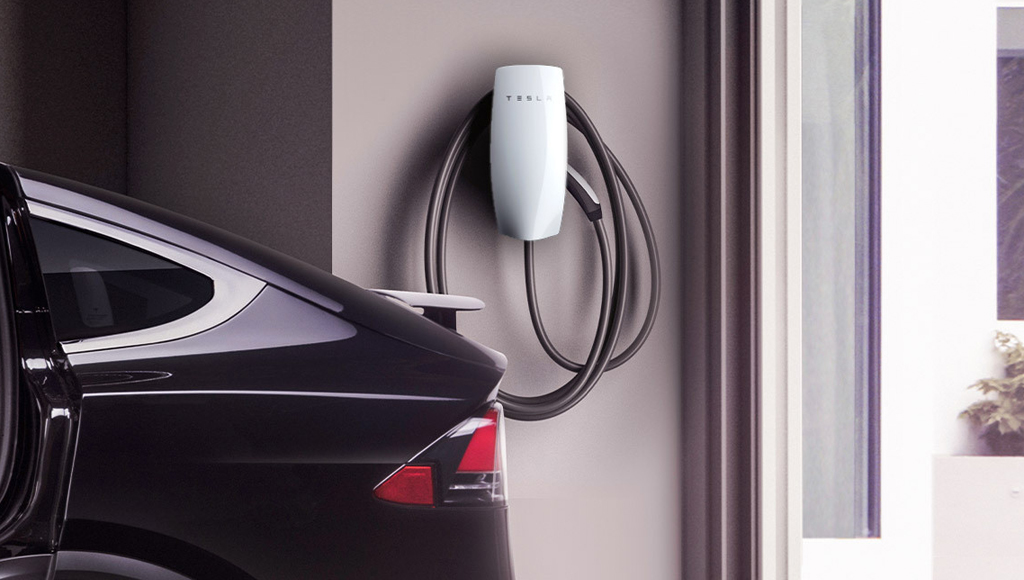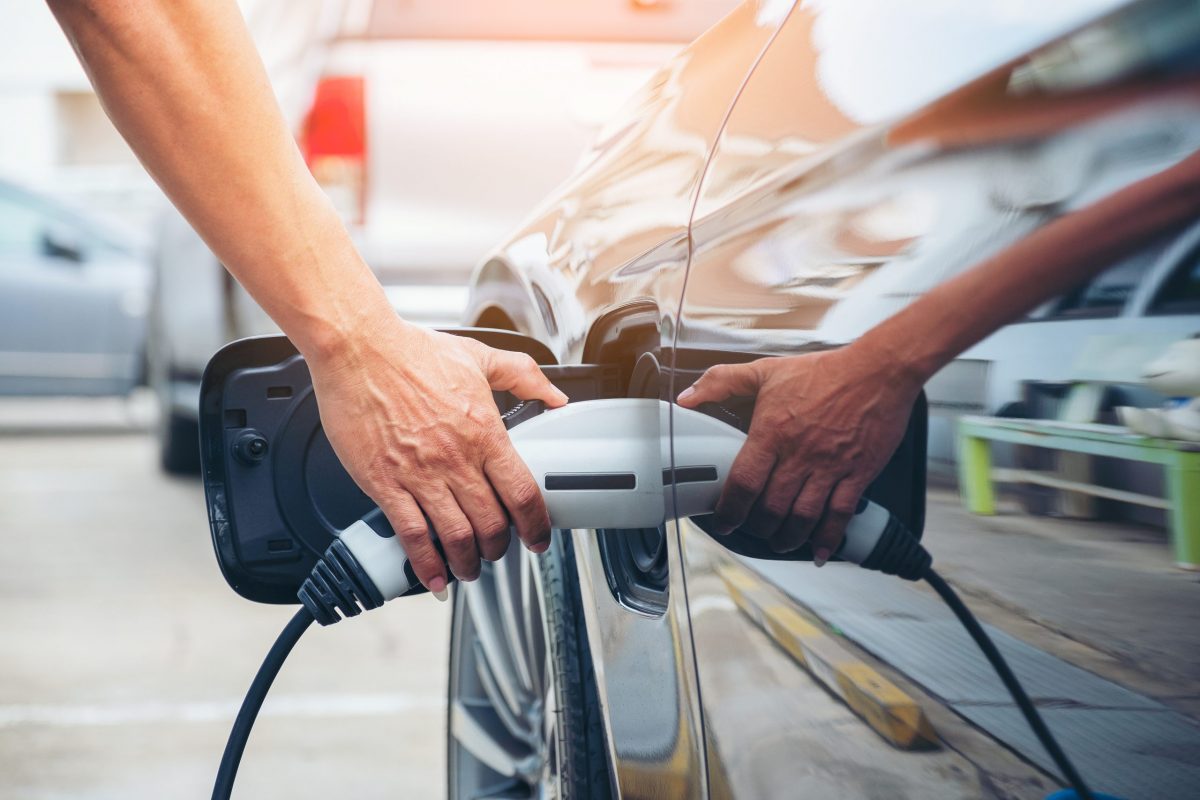Registrations of electric vehicles (EVs) in the UK rose 75% last year, from 108,000 to 191,000 and more than a quarter of new cars are electrified in some form. This means EVs are now firmly in the mainstream after years spent as a niche concern. The charging infrastructure is mature enough that range anxiety is abating but there are still some challenges that need to be navigated. These include the cost of new EVs for businesses and consumers, as well as the overall response to the UK government’s announcements from COP26, where it pledged that by 2035 all new cars and LCVs sold must be either pure electric vehicles or fuel cell EVs—this involves a tapered system whereby traditional new internal combustion engine (ICE) models will be banned from 2030 and new hybrids outlawed by 2035.
The switch to an EV fleet will save companies money in the long run but getting to the point where a fleet’s policies are fair for everyone involved and don’t cause unnecessary expense, maintenance or admin requires more than simply buying EVs and handing the keys to drivers. It will require companies to make policies specific to the needs of EVs and the employees who operate them. This won’t be a difficult task, but if it is ignored then the costs could cut into the savings that switching to EVs should bring.
Challenges with home charging
Being able to refuel (or recharge) a vehicle by leaving it in a garage or a curb overnight is a very important feature when it comes to the adoption of EVs. Companies that have fleets of vehicles often allow drivers to keep them at home overnight, since this saves them spending time commuting to a depot to pick up their vehicle. If they are electric then they can be charged at employees’ homes, saving time and, as electric charging is significantly less expensive than gasoline or diesel, money. Home charging units start to pay for themselves after roughly 8,000 miles, so the initial investment make sense if a company has vehicles that are very active.
The switch to an EV fleet will save companies money in the long run but getting to the point where a fleet’s policies are fair for everyone involved and don’t cause unnecessary expense, maintenance or admin requires more than simply buying EVs and handing the keys to driver
There are two problems here that companies will need to fix at a policy level: who pays for the charging point and who pays for the extra electricity? The charging point may be a cost that the company has to absorb as part of the investment in an EV fleet, but ongoing energy costs need to be accounted for to avoid employees being forced to shoulder their employer’s expenses.
Fortunately, there are both existing and developing partnerships and solutions to this complex problem that are working on providing fleets with interoperable solutions that pay, measure and manage home charging. Thus, allowing businesses to reimburse drivers for the electricity used at home for work journeys, while also providing fleet management data around energy usage and mileage that would otherwise be lost in the new EV charging world.
Of course, recent events have shown that home energy prices can be volatile, so how can companies account for this? The variability of fixed-rate tariffs between individual employees could mean that one employee pays twice as much per mile for charging as another, at which point something that should be a personal matter—which energy provider an employee uses—begins to affect a company’s bottom line. Telling employees to switch energy providers so that their employer can save on charging is obviously not something that would go down well, so there may have to be an agreement made between representatives of EV fleets and energy providers that ensures that they are paying a flat fee for charging irrespective of the tariff each individual employee is on.

Vehicle maintenance and driving experience
Most people who have yet to drive an EV would say that charging is the main difference when compared to internal combustion engine vehicles, but this isn’t the case. For a start, EVs have no gears—an electric motor can output its maximum amount or torque or stop completely instantly, whereas an ICE motor has to go through a series of power bands before all of its potential performance is available. They are even easier to drive than an automatic transmission vehicle—just press the accelerator to go faster and the brake to go slower.
Although the driving experience is easier (and arguably more fun) than conventional vehicles, there are differences that mean that new EV drivers will need to be taught how to make the most of their vehicle and reduce maintenance. The latter might be a concern that the number of people qualified to maintain EVs is nowhere near the number who can main conventional vehicles, so often major repairs will require a vehicle to be returned to the manufacturer. Even the specialist tyres used in EVs are in much shorter supply than tyres for ICE vehicles, and using the available torque will degrade them much faster than smoothly accelerating.
Telling employees to switch energy providers so that their employer can save on charging is obviously not something that would go down well
This means that companies will need to train their drivers on how to use EVs safely, reducing wear and tear and increasing battery life through the use of regenerative braking. Although in-vehicle monitoring systems that record how a vehicle is being driven exist, many drivers will find them invasive and most fleets won’t need them unless there is a serious problem with unsafe and un-economical driving. It would be easier for most companies to train their employees well and use predictive maintenance models to see if there are any irregularities—if predictive maintenance says that a vehicle’s tyres will last three years but they need replacing after one then you can look at how driver behaviour might have contributed to this.
Knowledge sharing
There will undoubtedly be other details that need working out when it comes to changing to an electric fleet, and working together with other companies can be helpful here. There are likely to be many companies in any given field that have already made the transition, so it is important to lean on the expertise of those in the industry that can provide support with the digital infrastructure to make economical, employer and employee-friendly EV charging possible.
About the author: Paul Holland is Managing Director for UK Fuel at FLEETCOR



